Before we dive into Dan Berger’s insights, a quick reminder: Napa Valley Features is funded by its subscribers. Without more paid support, we may need to scale back offerings like the “Wine Chronicles” or even close down. If you value our ad-free conflict-free local reporting, please consider becoming a paid subscriber. For just 16 cents a day, you can help keep local news independent, relevant and sustainable.
NAPA VALLEY, Calif. — “Table wines” have traditionally been defined as wines that go with food and are dry. At least, that was the way they were defined when I was getting into wine and consuming almost every wine with food. Most table wines were dry enough to work with different kinds of food. Even sherry had its place with specific meals.
By contrast, inexpensive wines generally were either low in acidity or had actual residual sugar. A few of them were called table wines, though one taste would determine that they were too soft and approachable to go with any kind of savory food.
Unfortunately, the phrase “table wine” has gone out of favor. But worse yet is the fact that so has the wine itself. Far too many so-called “dry wines” today almost completely fail the test of being food-compatible. Many wines state on their front labels that they are “dry,” but many have residual sugar or are low in acidity.
One of the main problems is the overwhelming demand by most Americans for wines that score well with critics, most of whom critique wines without food. For most wine critics, if a wine tastes good straight out of the bottle, they get excited and pump up the score it gets.
Chardonnays, cabernets and zinfandels, to name just three wines, are far too often harvested so late that their aromas fail to display either distinctive varietal characteristics or regional identity the way great European wines usually do. (Although that’s changing, too; details follow.) And if you think this is a relatively recent development, you would be wrong.
I addressed this question in the Jan. 3, 2008, issue of “Vintage Experiences,” a private wine newsletter that I began publishing in 1996. In an article titled, “A Growing Blandness,” I wrote that “one of my saddest realizations is that most U.S. wine (and many of our prepared food) products pander to a clientele that doesn’t want distinctive tastes.”
Challenge your vocabulary with this week’s mystery word. Submit your answer in the poll, and check the bottom of the page for the correct answer.
The second paragraph said, “…what passes for greatness in wine and food far too often is a simplicity of taste and an overarching middle-of-the-road sort of blandness.”
The most conventional of our pre-prepared foods are often made with high-fructose corn syrup, modified food starch, lots of sodium and the never-explained “natural flavors,” plus other ingredients that make taste uniformity more important than distinctiveness. To most Americans, sameness is a virtue.
Some of this was chronicled in a fascinating book published in 1998 called “The Man Who Ate Everything” by Jeffrey Steingarten, former food critic for Vogue.
In several sections of his book, Steingarten writes about the uniformity of several of our most cherished brand-name commodities. The section on mayonnaise is particularly fascinating in regard to uniformity.
One example of this country’s willingness to accept food standardization may be seen in one of our most widely available food products: American cheese. I have even seen it called “cheese food,” as if the second word were necessary to define something that might be debatable as a victual.
To me, an awful lot of wine made in this country has an amazing parallel to processed cheese. Part of the reason is that the United States has never been a wine-consuming nation, so wine sameness is appreciated by people who are ill-prepared to accept uniqueness.
In order to sell millions of cases of ordinary wine, most of it must be incredibly bland as well as slightly sweet. And it is upon that latter component that wineries have become amazingly reliant.
Sugar is an essential component in American food and commercialized wine. It’s universal. Most of us were carefully taught. From our earliest days as children, we were fed a constant diet that included sugar. Small children get oatmeal covered in brown sugar or raisins or both. Pancakes are smothered in a syrup that has no relation to a maple tree. Parents admonish children that if they don’t finish their pureed, honeyed carrots, they can’t have dessert, which is almost never Brie de Meaux.
As adults, we continue the tradition. Walk into a Starbucks and you’ll witness sugar taking center stage. In almost every store the most widely ordered “coffee drink” has nine pumps of hazelnut, almond or strawberry syrups. In the resulting drinks, coffee is decidedly optional and may be even objectionable.
Thus it is with so many wines today. I tried a chardonnay recently that was praised as a “food wine” by a wine critic. It was sweet. “Well, that’s chardonnay these days,” said a winemaker friend. So, two weeks later we tried a Caymus cabernet. It was sweet. (I had it tested; it had more than 11 grams of residual sugar.) “Well, that’s Napa cabernet these days,” said my friend.
I defended the high-alcohol cabernet category to my winemaker friend, saying that’s what sells. Indeed, I noted, not all Napa cabernets are sweet. But we agreed that most are remarkably low in acidity, which, for all intents and purposes, is the same thing.
Back in the 1980s, when people harvested zinfandel grapes beyond 28 Brix (a percentage of sugar), the resulting wine usually was identified on the label as being “late harvested.” Alcohols then were considered extremely high if they were above 15%. Today nobody uses the phrase “late harvested” anymore, but the wines are close to 16% and many are sweet.
High alcohols, which give wine a little sweetness, today are normal. Part of the reason they have existed so broadly in recent years has been the success of New Zealand sauvignon blanc. Because that grape is grown in a very cool climate, buffeted by cold winds from New Zealand’s east and west coasts, the variety grows to maturity with extremely high levels of acidity.
When sauvignon blanc is made to be a true table wine with low sugars, the high acid can make most SBs taste extremely tart. Purists love this. Then the wine works brilliantly with delicate seafood dishes. The New Zealand sauvignon blancs that I tasted in the late 1990s were not only distinctive but tart enough to work with oysters or scallops. They were dry.
However, to appeal to a much broader audience than wine critics, the classic NZ style had to be sweetened. Several very large producers decided to make the wine broadly appealing by leaving some residual sugar. A little was not so bad. Unfortunately, several producers took that to extremes. NZ SB sugars rose. Today most NZ SBs are so sweet that they are poor accompaniments to seafood dishes – except those made with sugar.
The classic sauvignon blanc style from the eastern Loire Valley in France is from Pouilly-Fumé and Sancerre. They usually have a minerality in aroma that a few NZ wines display. But most Americans seeking SB bargains opt for under-$10 NZ versions, most of which are quite sweet. And a lot simpler.
Because of the commercial success of the New Zealand version in the last few years, many California producers of sauvignon blanc also adopted the sweeter or low-acid style (or both). The result has been extremely disappointing to those of us who care for sauvignon blanc that is really dry and works with a wide range of foods.
The sweetness in so many Napa cabernets comes from several different tactics. One of them is to harvest the fruit so late that the varietal aromas are all wiped out. By harvesting late, sugars rise higher than is appropriate, and the resulting wine has much more alcohol, which in and of itself gives it a level of sweetness that excites many wine critics. Harvesting as late as they do, winemakers also end up with lower acidities and higher pH levels.
(There are also several tactics that winemakers can use to make certain that the sweetness level is high, even though the actual sugar content might be either moderate or zero. Some of these tactics make use of sophisticated chemistry techniques.)
So, when you take all those things – high alcohol, reduced varietal character, low acid and high pH – and then put the wine into new oak barrels, what comes out might sell well in a Starbucks store. But is it really a dry wine?
The bad news is that the same sort of “formula” winemaking has also found its way into other grape varieties, as well. And the worst news is that it is also now being seen in the wines of the old country. So far, the practice is not widespread, but several important regions of France also have begun to compromise their unique styles, much to the detriment of my wallet and the dismay of my palate.
A few months ago in a fine-wine shop, I found four cases of a highly regarded Pouilly-Fumé stacked on the floor in its Loire Valley section. This wine has a suggested retail price of nearly $50 per bottle. I love the producer’s wines, so I decided to try a bottle. It was sweet. No, it was not cloying, but it was far softer and much simpler than any Pouilly-Fumé at that price point I had ever tasted. And it certainly did not represent the producer whose previous wines were exemplary.
I mentioned this to the retailer. He was surprised. He said he had tasted previous vintages of that wine. Since I still wanted a bone-dry white wine, I bought a bottle of a Vouvray sec, another dry Loire Valley white wine, this one made from chenin blanc. The “sec” designation indicated that it would be dry.
It wasn’t. It was a little drier than the Pouilly-Fumé but still wasn’t as dry as Vouvray sec wines I have had in the past. Previous examples usually had a distinctive minerality and were intended to be served with savory foods. This new Vouvray sec was nice as an aperitif but was a little too soft when I served it with food.
I finally resorted to buying two different bottles of muscadet from the western Loire Valley. Muscadet is a wine that is almost always dry enough to serve with oysters. Both wines were quite good, with different levels of minerals in the nose. Both were dry — sort of. Although they were not “sugary sweet,” the acid components were nowhere near as bracing as I once found those wines to be in the 1990s.
A few days later, I was early for a lunch appointment, so I ordered a glass of a current Napa Valley sauvignon blanc that had always been exemplary. It was $18 per glass. I took one sip and winced. It was sweet. (You knew that was coming!) I asked to see the label. The server brought the bottle. The alcohol was listed as 14%.
Back in the 1990s, this most reliable brand of SB had always been 13.0% alcohol. A decade earlier the same wine had been 12.5% alcohol. It was clear that sweetness was ratcheting up.
Trying to make wines that appeal to the broadest swath of American wine buyers, most of whom know absolutely nothing about wine, is probably a good commercial tactic. Some wines will be sweeter than I prefer. I have already proven that sugar sells, and making a wine like chardonnay or sauvignon blanc that is soft and approachable is probably a sound tactic.
However, the Napa Valley sauvignon blanc that shocked me with its soft/sweet style has a suggested retail price of $32 per bottle. This is a particularly identifiable brand with a track record of making dry sauvignon blanc. I don’t know how long this wine has been made in this particular style, but I can tell you that I would never suggest anyone buy it to serve with savory food.
And in today’s world, $32 is simply far too much to spend for a wine of this style. For about half of that price, you can find something that’s even more appealing.
It has been widely reported, not only here, that sales of wine have hit the figurative brick wall. To me, this means that many Americans who are casual wine consumers, which I consider to be people who do not spend much more than $8 to $10 for a bottle of wine, today are fewer than in decades past.
Unfortunately, most of the wines available in today’s retail marketplace were made between a year and two years ago, well before the recent collapse in wine sales. This means that the only people left buying wine on a regular basis tend to be those who really care about dry wines being truly dry.
If this wine market is to survive, a lot of rethinking will have to be done about what the word “dry” on the front label of a wine bottle really means.
Wine Discovery:
2023 No Love Lost Chardonnay, California ($30) – The label of this youthful, delicate chardonnay says the No Love Lost Wine Co. is “Napa’s Premier All-Natural Winery,” and the aroma of this “natural” wine smells like it’s a work in progress. The company website says the wine was made from organic grapes, fermented with indigenous yeast and treated with minimal sulfur. It appears as if the wine was not filtered because there is a slight haze, and the aroma indicates that the wine is remarkably young and backward. In keeping with the theme of today’s article, it appears to have no sugar, and alcohol listed on the label is 10.6%! The grapes were grown in the California Delta and the wine was barrel-fermented and “aged for 11 months in neutral Burgundy barrels,” according to the website. Natural wines such as this can often be identified by a kind of “funky” character, but this wine has a charm because of its dry nature that I find quite appealing. Bottle Barn in Santa Rosa is carrying this wine for $16.99.
This Week's Word Challenge Reveal:
The correct answer is A: 'Sparkling wine with no added sugar.' 'Brut Nature' refers to a style of sparkling wine that contains 0 to 3 grams per liter of residual sugar, with no sugar added during the final stage of production (known as dosage). It is prized for its crisp, pure expression of the wine’s base characteristics.
If today’s story captured your interest, explore these related articles:
Dan Berger’s Wine Chronicles: The Depth and Versatility of Sangiovese
Dan Berger’s Wine Chronicles: Uncovering the 'Soul' of Noble Reds
Dan Berger’s Wine Chronicles: Proof That Napa’s Older Cabs Can Age
Dan Berger’s Wine Chronicles: Napa and Sonoma as True Vinous Siblings
Dan Berger’s Wine Chronicles: The Nostalgia and Nonsense of Barrel Tastings
Dan Berger’s Wine Chronicles: The Evolution and Art of Winemaking
Dan Berger has been writing about wine since 1975.
The views, opinions and data presented in this article are those of the author and do not necessarily reflect the official policy, position or perspective of Napa Valley Features or its editorial team. Any content provided by our authors is their own and is not intended to malign any group, organization, company or individual.


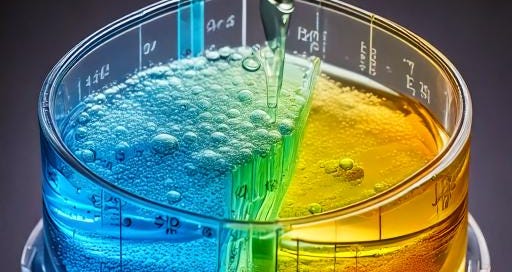


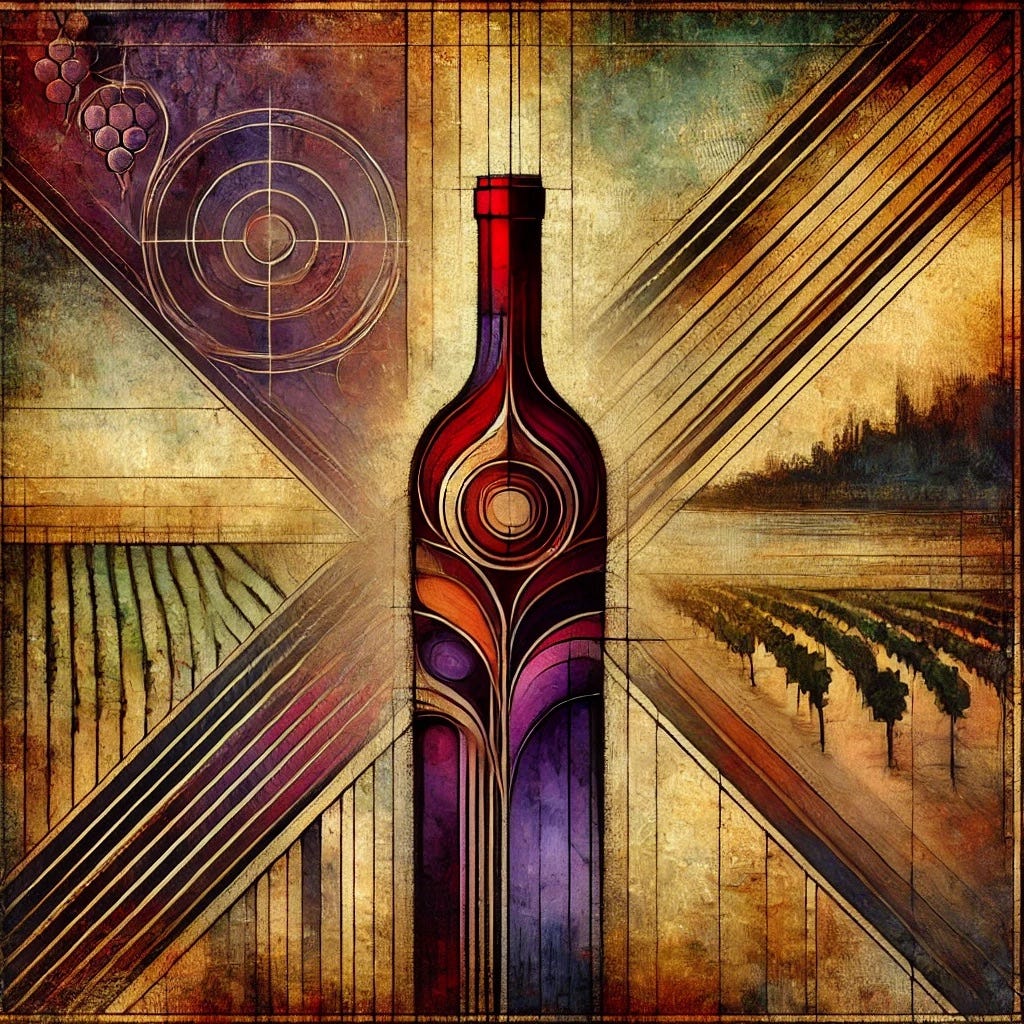
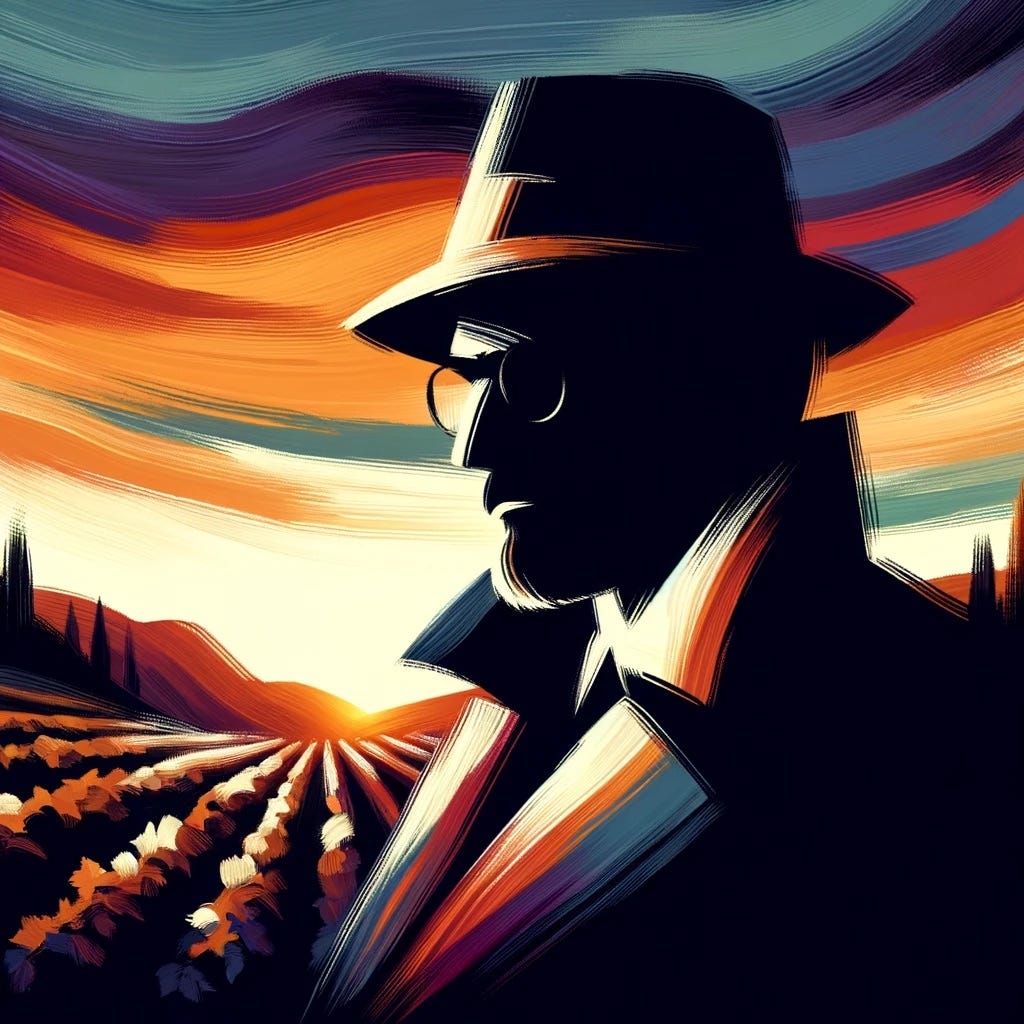
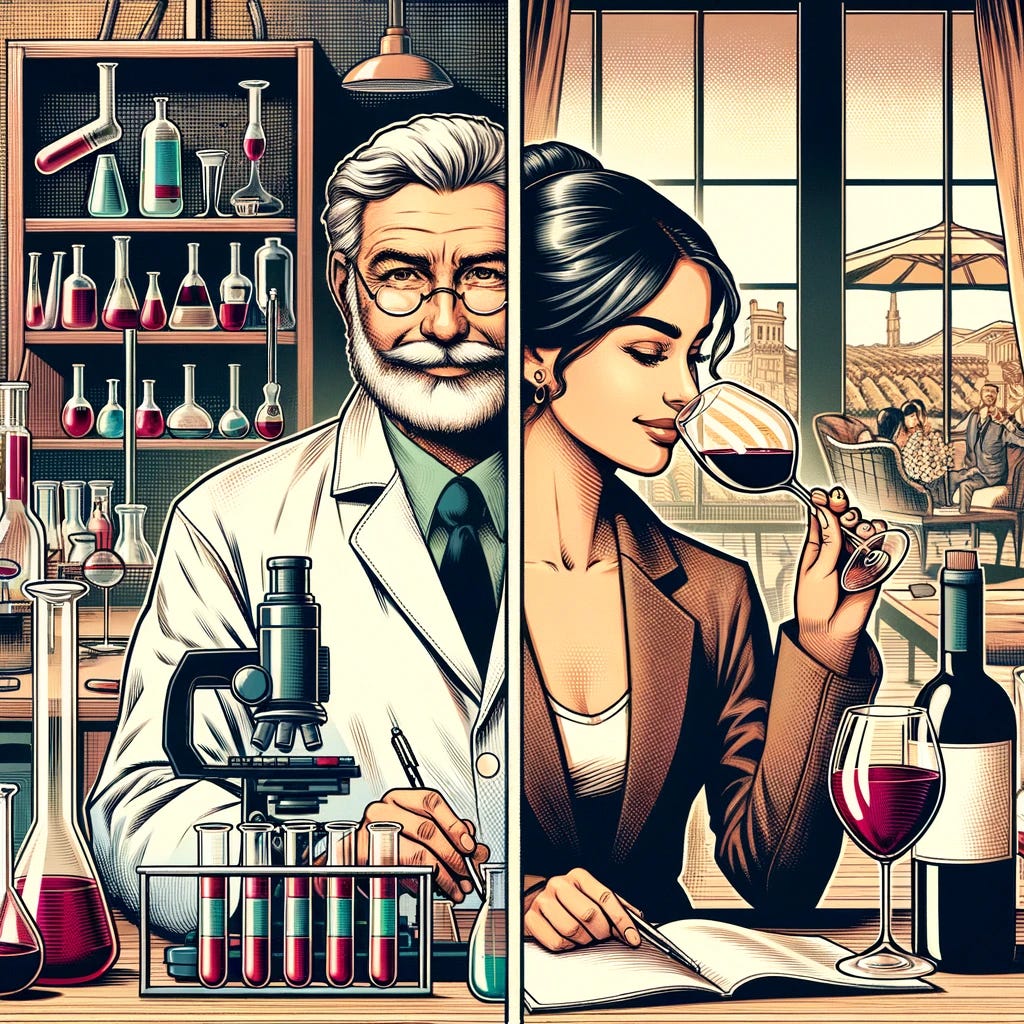


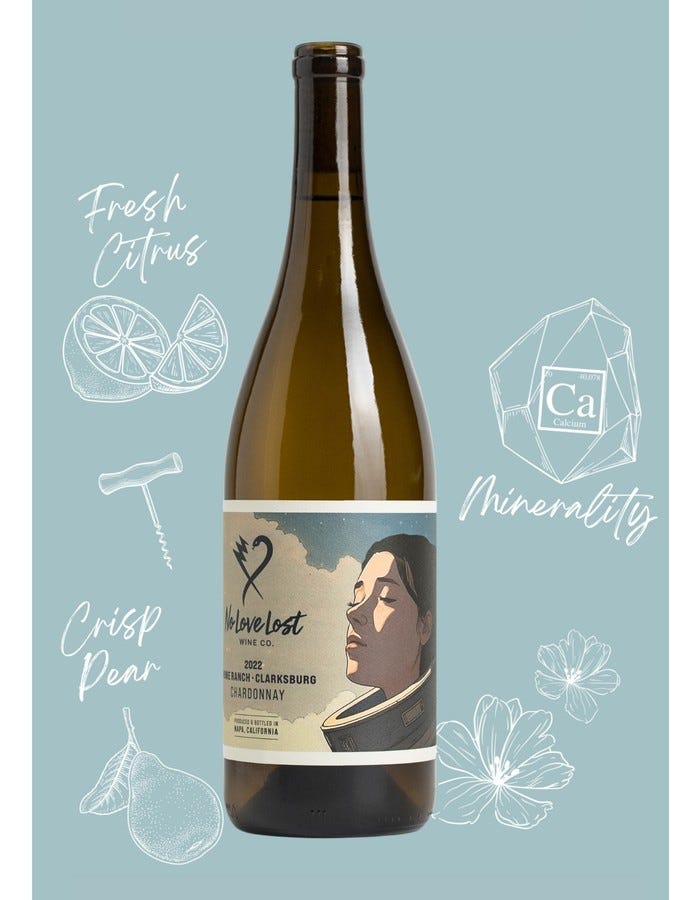
If buying from a purveyor online it is very unusual to get information regarding the alcohol level of the considered wine unless you can call as ask for the details.
I can’t remember when I last bought a wine from California as I don’t trust that it will be low alcohol and dry.